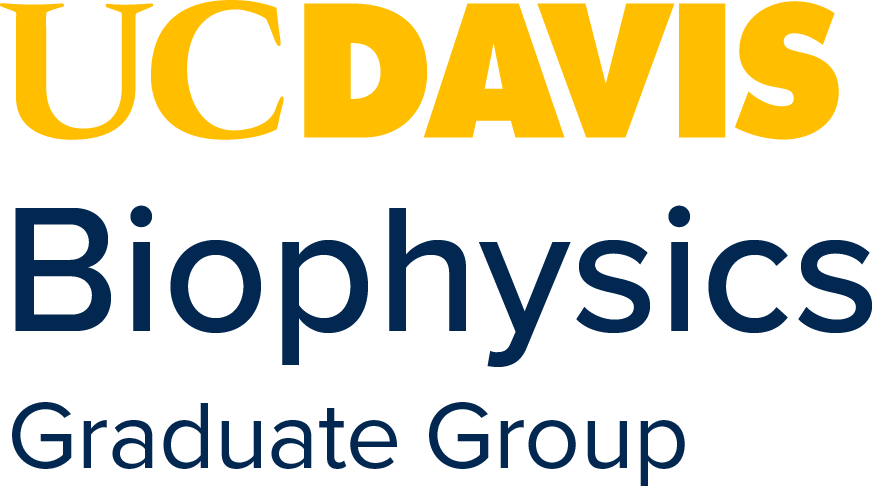NGRA Fellowship: Congratulations Abby Hammermeister!
LUCKY 13
I’m superstitious. Black cats, ladders, dropped dishtowels, the whole nine yards. I realize I probably shouldn’t admit this to an audience of science-minded people, but it’s relevant here—stick with me. Another thing I probably shouldn’t admit is, when we announced our new NGRA Fellowship, we weren’t sure what kind of response we’d get. Privately, I thought maybe we’d receive two or three applications…five tops. So, when we ended up with 13 (!), I was both thrilled and unnerved!
But let me tell you, the 13 Ph.D. students who applied are all rockstars. They’re doing incredible, necessary grape science, each addressing one or more of NGRA’s research priorities in a unique way: remote sensing and mapping; disease, pest and irrigation management; yield estimation; vineyard soil health; genetics and grapevine breeding and more. The applicants spanned the U.S., representing California, Iowa, Michigan, New York, Texas and Washington. And their advisors are a who’s who of scientists working in grape today.
Of those 13 heavy-hitters, I’m pleased to announce that our inaugural NGRA Fellow is Abby Hammermeister. Abby is pursuing her Ph.D. in Biophysics at UC Davis, recently joining the McElrone USDA-ARS Plant Physiology Lab there. A version of her research proposal, “From Leaves to Space: Linking Physiological Responses to Stress with Proximal Sensing Systems,” appears as the Research Focus article below. In her application, Abby explained that, as an undergrad, she discovered the field of biophysics and its applications to plants and that her research “helped me realize that I could apply my quantitative and computational skills to studying plants and sustainable agriculture,” with a specific interest in water management and, lucky for us, grapes.
As the NGRA Fellow, Abby will receive $30,000 per year for up to three years, along with mentorship, field tours and networking with our Board of Directors throughout her three-year term. It is our hope that, by providing support in the early stages of a promising grape scientist’s career, we’ll spark a relationship that will last a lifetime. Indeed, as her academic advisor, Andrew McElrone, said, “This funding helps to assure that Abby can work exclusively on grapes and vineyard systems.” That’s music to our ears.
Although the number of applications may have seemed inauspicious, their volume and quality made us realize just how much great science is going on at the graduate and early-career level. As these 13 students showed, the new generation of grape scientists are engaged and eager to apply their prodigious talent to solving real-world problems. As an industry, we’re fortunate to have them.
Article taken from the NGRA monthly newsletter.
